I’ve been teaching for 13 years and all 13 years I’ve taught guided reading using leveled readers. I teach my guided reading groups during my center time. In addition to guided reading I also have another separate reading time for whole group instruction. For years I taught using Shared Reading and then made a switch about 6 years ago to Reader’s Workshop.
Reader’s Workshop was great because I taught a mini-lesson, my students went off to their individual book nooks, with their leveled readers and I made my way around the room conferencing with students, taking notes and observing how they applied the things they’ve learned in the mini-lesson. My kiddos were able to read in their book nooks for 30 minutes and that gave me plenty of time to conference and do intervention. Then came the Common Core.
While I loved Reader’s Workshop and the time to meet kids individually, the new rigor of the common core and the testing coming around the bend forced us to look at our reading instruction. Besides, I knew I was going to need to be a little more direct in my instruction and focus on the standards in a different way than before. So, I am now doing Shared Reading with a little bit of Reader’s Workshop practices mixed in. We didn’t get rid of our book boxes or book nooks, they are just being used in a different way.
So here it goes:
Each week we choose a story for Shared Reading. When choosing a book, we look at the difficulty, theme for the week, and we try to choose an equal amount of fiction and nonfiction throughout the year, etc. For instance, last week we read The Snowy Day by Ezra Jack Keats. Our local librarian ordered 24 copies and my teammate and I share. Sometimes we get lucky and every child gets a book and other weeks kiddos have to share. Then we get work hitting the Common Core standards. One day we talked about sequencing. We read the story, sequenced together and then I split my babies up into 4 groups. This is where I can differentiate. All my students were sequencing the story but at different levels of difficulty.
This group had pictures and words of each event and had to number the order.
This group had a similar sheet but had to write what happened in each event and then order the events.
On another day we talked about Cause and Effect.
I reviewed Cause and Effect with the poster below.
We read the story and then completed this sheet together as a class.
And here is where our book boxes and book nooks come to play. When we were finished I sent my kids off to apply their learning. Each of my students went to their book nooks, with their bin of leveled books. They were told to choose a fiction book from their box and identify a cause and effect that happened in their story. They recorded their work in their reading journal.
Shared Reading is a great way to get the whole class to practice reading more complex text. The repeated reading helps to not only build fluency, but also helps to practice skills with a familiar text. I love how I can explicitly teach a concept, model and work together how to find answers in text, how to answer questions about text, etc. I have hit the Reading Literature and Reading Information Text Standards over and over. My kiddos get it! Better than they ever have before. My students can look in a text, identify the setting and give details from the text to support. They know about characters and how they change, how to find the main idea of the story, etc. Of course I would cover these things before, but never as thoroughly as I have this year. It’s my favorite time of the day!
In addition to using our book boxes occasionally during our Shared Reading time, we also use them daily during an RTI time I’ve created. Our school does not mandate a daily RTI time, but due to a lack of aides and extra help this year, I had to be creative. We have 15 minutes between recess and special. I decided to take advantage of every second this year and instead of a read aloud or bathroom break, we do RTI. My students spend this time reading in their book nooks and I spend the time doing intervention. Sight Words, Nonsense words, Fluency, Story Problems!!! It all gets covered during this precious time.
So clear as mud???
I also had a few questions about my focus wall.
The “I Can” board is cheap plastic frame from Michaels. I put some yellow butcher paper inside and I write on the plastic each day. We review the board in the morning and the I Can statement is repeated before the corresponding lesson. I create spelling, phonics, math talk and skill cards for each week. I also create a card each week of our 3 vocabulary words from the text talk lessons I write. The genre posters are from Rachel Lamb.
Check out all of my Shared Reading units HERE.










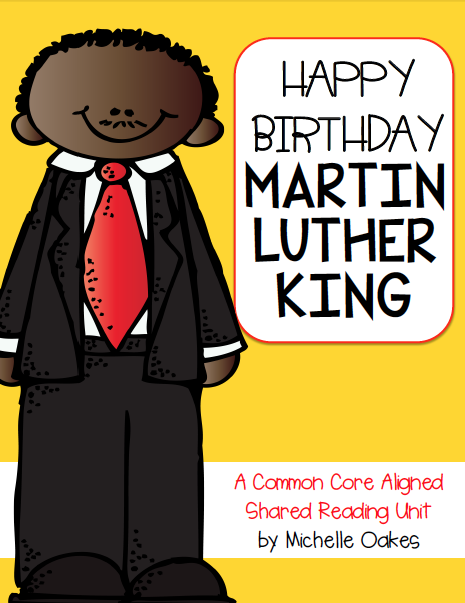



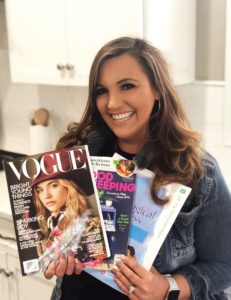
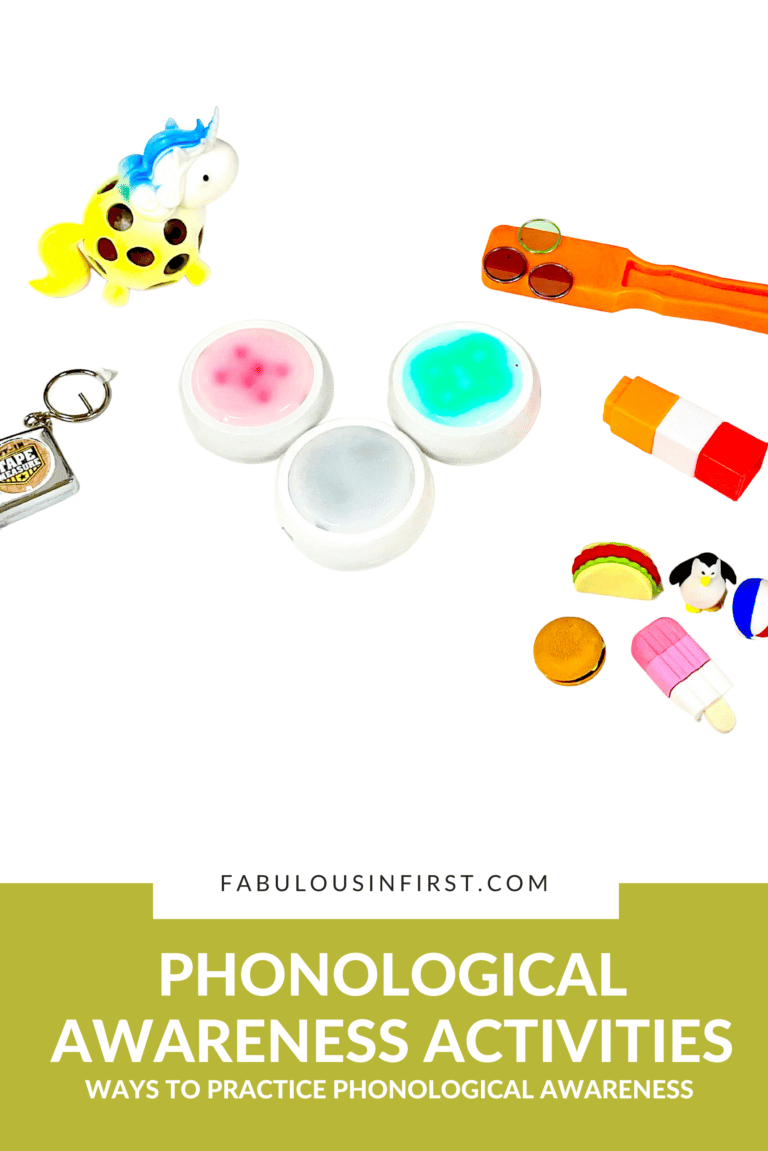

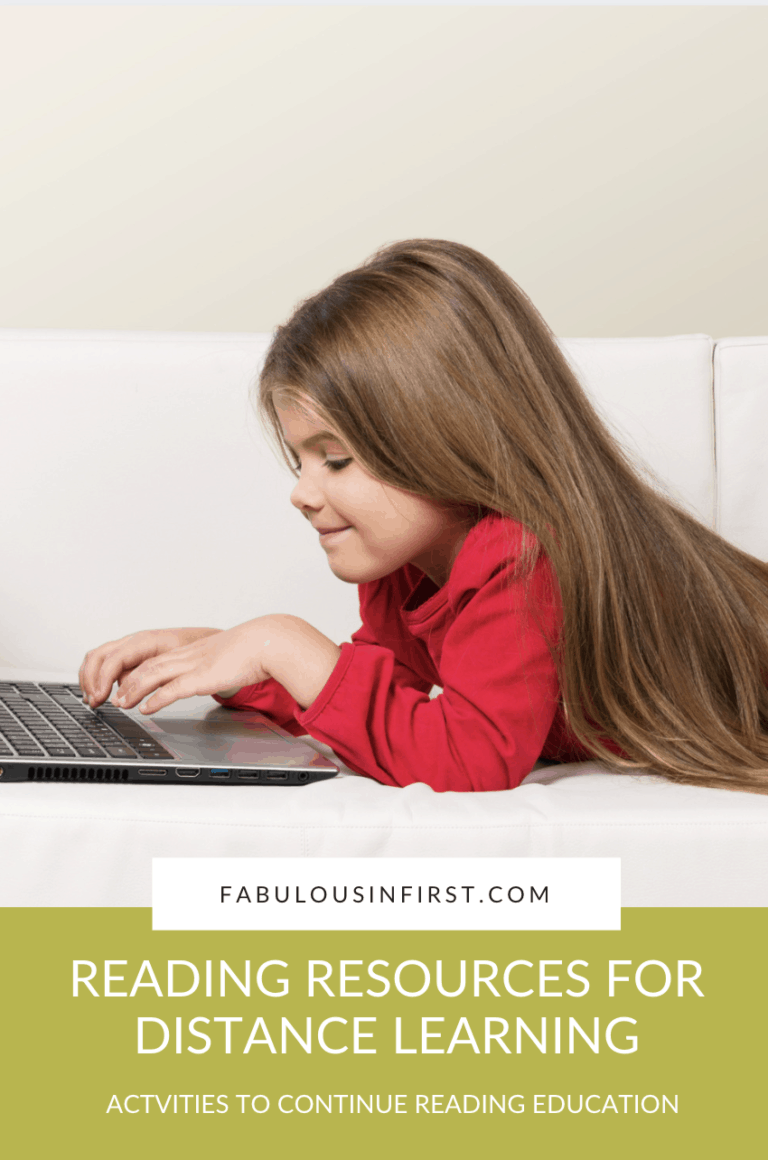
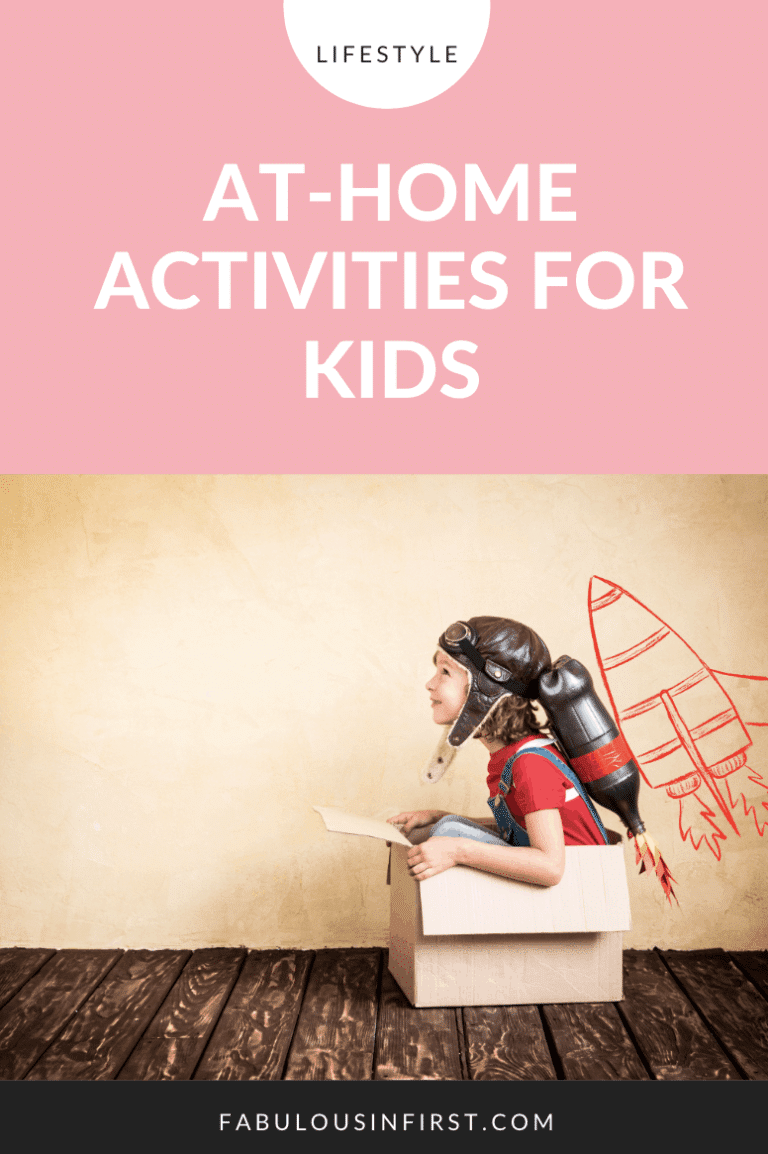
2 thoughts on “Shared Reading Details”
I love your ideas about Shared Reading/Whole Group Mini-lessons! I understand that common core standards are super important and wanted to know if your school used a specific reading curriculum??? We use Reading Street of which comes with its own set of mini leveled readers to differentiate, but it is not my favorite. It has so much within it that you cannot get to everything within one week even though it gives you a five day schedule.
My old school used Reading Street and I hated it, so I was actually given permission to make my own units and cover the standards which is where my units stemmed from.